AMDGJB's proposal strength of three (3) Declarations for UNESCO Geoparks Sustainable Territories
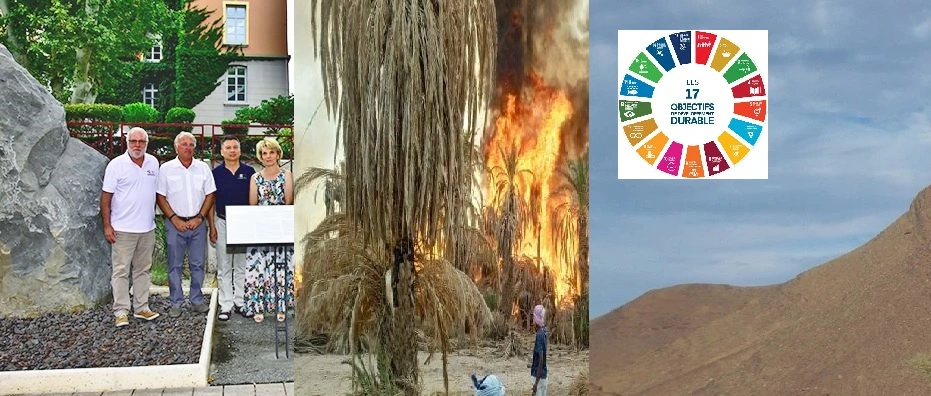
With OBSERVATIONS FROM
THE *SUSTAINABLE TERRITORY OF GEOPARK JBEL BANI TATA (TSGJB)
Project aspiring to be Geopark – South Morocco
*Managed by
the Moroccan Association for the Development of Geopark Jbel Bani (AMDGJB)
Est. 1954-36 – April 10, 2015
« INTERNATIONAL DECLARATION OF EARTH’S MEMORY RIGHTS »
Marrakech – September 2022
Patrick SIMON *1 – Abdelmajid OUCHIKH *2 – Fatiha AIT YAKKOUN *
Patrick SIMON: President of AMDGJB – Abdelmajid OUCHIKH Deputy Secretary General – Fatiha AIT YAKKOUB Coordinator of AMDGJB
Declaration of Marrakech – September 2023, based on:
the Digne Declaration of June 13, 1991 – France.
—- Terms of the 1991 Digne Declaration ————————— Terms of the 2023 Marrakech Declaration
1/EVERY HUMAN IS UNIQUELY RECOGNIZED. ISN’T IT TIME TO AFFIRM THE PRESENCE AND UNIQUENESS OF THE EARTH?
1/ISN’T IT TIME TO CONSIDER THAT WITH INDUSTRIAL EVOLUTION IN THIS CONTEXT, WE CAN STATE THAT ALTHOUGH HUMANS SHARE MANY SIMILARITIES, THE ISSUES THEY FACE ACCORDING TO THE CONTINENTS THEY LIVE ON CAN VARY CONSIDERABLY DUE TO A WIDE RANGE OF FACTORS SUCH AS THEIR CULTURE, HISTORY, GEOGRAPHY, AND SOCIO-ECONOMIC AND POLITICAL CONDITIONS THAT MAKE THEM DIFFERENT!
2/THE EARTH SUSTAINS US. WE ARE CONNECTED TO THE EARTH, AND THE EARTH IS A LINK AMONG EACH OF US.
2/WE CANNOT SIMPLY DEFINE THAT ALL HUMANS FROM DIFFERENT CONTINENTS ARE IDENTICAL, AND THEREFORE, THE EARTH CAN BE CONSIDERED AS A LINK AMONG EVERY HUMAN BEING. HOWEVER, WE MUST RECOGNIZE AND CELEBRATE THE DIVERSITY OF HUMAN EXPERIENCES AND PERSPECTIVES ACROSS THE WORLD THAT MAKE HUMANS DETERMINE THE BOND THEY HAVE WITH PRIDE TO THEIR TERRITORIES.
3/THE EARTH, FOUR AND A HALF BILLION YEARS OLD, IS THE CRADLE OF LIFE, RENEWAL, AND METAMORPHOSIS OF THE LIVING. ITS LONG EVOLUTION, SLOW MATURATION, HAVE SHAPED THE ENVIRONMENT IN WHICH WE LIVE.
3/DIFFERENT CONTINENTS HAVE NOT EVOLVED AND SHAPED THEIR ENVIRONMENTS IN THE SAME WAY. HUMAN EVOLUTION HAS THUS BEEN SHAPED BY A COMPLEX INTERACTION OF GENETIC, ENVIRONMENTAL, AND CULTURAL FACTORS THAT HAVE RESULTED IN RICH DIVERSITIES OF HUMAN POPULATIONS THAT WE SEE MANIFESTING DISTINCTLY AT CONTINENTAL AND REGIONAL LEVELS IN THE EARLY 21ST CENTURY!
4/OUR HISTORY AND THE EARTH’S HISTORY ARE INTIMATELY LINKED. ITS ORIGINS ARE OUR ORIGINS. ITS HISTORY IS OUR HISTORY, AND ITS FUTURE WILL BE OUR FUTURE.
4/BIS HUMANS MUST RECOGNIZE THEIR ROLE IN THE EARTH’S FUTURE AND TAKE RESPONSIBILITY FOR THEIR ACTIONS. THIS WILL INVOLVE ADOPTING SUSTAINABLE PRACTICES AND WORKING TO PROTECT EVERY NATURAL SYSTEM ON THE PLANET, ENABLING HUMANS TO CONTRIBUTE TO ENSURING A HEALTHY AND PROSPEROUS FUTURE FOR BOTH THE EARTH AND HUMANITY.
5/THE FACE OF THE EARTH, ITS FORM, IS THE ENVIRONMENT OF HUMANKIND. THIS ENVIRONMENT DIFFERS FROM THAT OF TOMORROW. HUMANS ARE MOMENTS OF THE EARTH, NOT ITS FINAL DESTINATION; THEY ARE TRANSIENT.
5/IT IS UP TO HUMANKIND TO STRIVE TO LIVE IN HARMONY WITH THE PLANET AND ITS NATURAL SYSTEMS. THEY MUST TAKE RESPONSIBILITY FOR THEIR ACTIONS BY WORKING TOWARDS A SUSTAINABLE FUTURE. THEY ARE TASKED WITH CONTRIBUTING TO AND ENSURING THAT THE EARTH REMAINS A FAVORABLE HABITAT FOR HUMANKIND FOR GENERATIONS TO COME.
6/LIKE AN OLD TREE RETAINS THE MEMORY OF ITS GROWTH AND LIFE IN ITS TRUNK, THE EARTH PRESERVES THE MEMORY OF THE PAST… A MEMORY INSCRIBED IN ITS DEPTHS AND ON ITS SURFACE, IN ROCKS, FOSSILS, AND LANDSCAPES, A MEMORY THAT CAN BE READ AND INTERPRETED.
6/BIS HUMANITY LEAVES BEHIND A COMPLEX AND MULTIFACETED MEMORY INSCRIBED ON THE EARTH. ITS IMPACT ON THE PLANET WILL BE STUDIED BY FUTURE GENERATIONS, WHO WILL LEARN MORE ABOUT OUR HISTORY AND OUR RELATIONSHIP WITH THE NATURAL WORLD, JUST AS THE MEMORY OF THE EARTH IS INSCRIBED IN ITS DEPTHS AND ON ITS SURFACE, IN ROCKS, FOSSILS, AND LANDSCAPES, A MEMORY THAT CAN BE READ AND INTERPRETED.
7/TODAY, HUMANS KNOW HOW TO PROTECT THEIR MEMORY: THEIR CULTURAL HERITAGE. BARELY BEGINNING TO PROTECT THE IMMEDIATE ENVIRONMENT, OUR NATURAL HERITAGE.
7/IN THE 21ST CENTURY, THERE IS A GROWING AWARENESS OF THE NEED TO PROTECT CULTURAL HERITAGE, MEMORY, IDENTITY, AND TO NOW RECOGNIZE THE NEED TO ACT TO REDUCE OUR IMPACT ON THE ENVIRONMENT AND PROTECT THE PLANET FOR FUTURE GENERATIONS. WHILE PROGRESS HAS BEEN MADE IN THESE TWO AREAS, THERE IS STILL MUCH TO BE DONE, WITH INDIVIDUALS, COMMUNITIES, AND GOVERNMENTS CONTINUING TO WORK TO PROTECT BOTH OUR CULTURAL HERITAGE AND THE NATURAL WORLD.
8/THE EARTH’S PAST IS NO LESS IMPORTANT THAN THE PAST OF HUMANKIND. IT IS TIME FOR HUMANS TO LEARN TO PROTECT AND, THROUGH PROTECTION, LEARN ABOUT THE EARTH’S PAST, THIS MEMORY BEFORE HUMAN MEMORY, WHICH IS A NEW HERITAGE: GEOLOGICAL HERITAGE.
8/HUMANKIND MUST UNDERSTAND THE GEOLOGICAL PAST OF THE EARTH AND ITS PLACE IN THE UNIVERSE IN ORDER TO GAIN A DEEPER APPRECIATION FOR THE NATURAL WORLD AND ITS ROLE IN PROTECTION. THIS CAN AND MUST MOTIVATE HUMANS TO ADDRESS ENVIRONMENTAL CHALLENGES AND WORK FOR A SUSTAINABLE FUTURE FOR HUMANITY AND THE PLANET.
9/GEOLOGICAL HERITAGE IS THE COMMON GOOD OF HUMANKIND AND THE EARTH. EACH HUMAN, EACH GOVERNMENT, IS ONLY A TRUSTEE OF THIS HERITAGE. EACH MUST UNDERSTAND THAT THE SLIGHTEST DEGRADATION IS MUTILATION, DESTRUCTION, IRREVERSIBLE LOSS. ANY DEVELOPMENT EFFORT MUST CONSIDER THE VALUE AND UNIQUENESS OF THIS HERITAGE.
9/THE PRESERVATION OF GEOLOGICAL HERITAGE REQUIRES THE COOPERATION AND COMMITMENT OF ALL MEMBERS OF SOCIETY. BY BRINGING TOGETHER ALL STAKEHOLDERS OF SUSTAINABLE TERRITORIES, WE CAN CONTRIBUTE TO ENSURING THAT FUTURE GENERATIONS CAN BENEFIT FROM AND LEARN FROM THE RICH GEOLOGICAL HISTORY OF OUR PLANET.
10/PARTICIPANTS OF THE 1ST INTERNATIONAL SYMPOSIUM ON THE PROTECTION OF GEOLOGICAL HERITAGE, COMPRISING OVER A HUNDRED EXPERTS FROM THIRTY DIFFERENT NATIONS, URGENTLY REQUEST ALL NATIONAL AND INTERNATIONAL AUTHORITIES TO TAKE INTO ACCOUNT AND PROTECT GEOLOGICAL HERITAGE THROUGH ALL LEGAL, FINANCIAL, AND ORGANIZATIONAL MEASURES.
10/GOVERNMENTS, INSTITUTIONS, LOCAL AUTHORITIES, AND CIVIL SOCIETY MUST EMBRACE THEIR IMPORTANT ROLE IN PRESERVING THE VERNACULAR CULTURAL AND GEOLOGICAL HERITAGE OF SUSTAINABLE TERRITORIES WHILE ACCEPTING THAT THIS CANNOT BE ACHIEVED WITHOUT GIVING PRIMARY CONSIDERATION TO THE INCLUSION AND INTEGRATION OF POPULATIONS, ASSOCIATIONS, YOUTH, AND WOMEN WHO ANIMATE THEM, WHO ARE OFTEN MORE ATTACHED TO BEING THAN HAVING. ALLOWING THESE ELEMENTS TO BE INTEGRATED AND INCLUSIVE WILL:
PROMOTE PLANETARY SUSTAINABILITY ENCOMPASSING ITS THREE PILLARS OF EMPLOYMENT, SOCIOECONOMIC ECONOMIES, AND SUSTAINABLE TERRITORIAL GROWTH,
CONTRIBUTE TO THE PRESERVATION OF COMMON GEOLOGICAL HERITAGE.
DIGNÉ DECLARATION – June 13, 1991, Digné, France.
MARRAKECH DECLARATION – August 8, 2023
OBSERVATIONS OF August 8, 2023
FORMULATED BY THE
SUSTAINABLE TERRITORY OF GEOPARK JBEL BANI TATA (TSGJB)
Managed by
the Moroccan Association for the Development of Geopark Jbel Bani (AMDGJB)
Est. 1954-36 – April 10, 2015
Established by
The Sustainable Territory Of Jbel Bani Tata Geopark (STJB)
Managed by
The Moroccan Association for the Development of Jbel Bani Geopark (MADJB)
Reg: 1954-36 – April 10, 2015 –
on the occasion of
the 10th UNESCO International Conference in Marrakech September 2023
Proposal for the
« CHARTER OF SUSTAINABLE TERRITORIES OF GEOPARKS »
September 2023 – Marrakech
Patrick SIMON *1 – Abdelmajid OUCHIKH *2 – Fatiha AIT YAKOUB*
Patrick SIMON: President of AMDGJB – Abdelmajid OUCHIKH Deputy Secretary General – Fatiha AIT YAKKOUB Coordinator of AMDGJB
- Considering that the objectives of UNESCO Global Geoparks are to explore, develop, and celebrate the connections between geological heritage and all other aspects of natural, cultural, material, and immaterial heritage of regions,
- Considering that « Sustainable Territories of Geoparks » represent a reliable, inclusive, integrated, and sustainable solution for development, job creation, driven by vernacular desires for inclusive, integrated, and shared geo-agro-eco-societal tourism economies,
« As a Sustainable Territory, we are committed to making every effort to confirm our Geo-Agro-Eco-Touristic will to promote Sustainable Territories in order to promote the development of attractions, attractiveness, and images of territories, which can both enhance the interests of governments and their populations, considering material and immaterial cultural heritages intimately linked with the scientific and geological particularities of their Sustainable Territories through the connections they establish with Earth sciences, humanities, and especially to define better understandings in the defense of their environments, cultures, landscapes, and geomorphosites, as fundamental elements for ensuring the well-being of populations, » and primarily by:
- Respecting international agreements that countries must commit to (UNCED 92), UNESCO conventions, the 17 SDGs, and particularly in these disrupted times for environmental defense, biodiversity, the global code of ethics, that of the World Tourism Organization as well as the principles of the International Cultural Tourism Charter, and other commitments,
- Valuing intangible heritage as an essential element of cultural diversity and sustainable development, as it encompasses living expressions and traditions that are passed down from generation to generation and testify to the identity and creativity of communities,
- Promoting sharing between regional and local decision-makers with the participation of holders and practitioners of intangible heritage in enhancing their territory through all appropriate measures for economic, touristic, and distinctive cultural enhancement of material and immaterial cultural heritages that cannot exist without graduated and controlled valorizations,
- Marketing these tools through promotion to particularly respectful and environmentally conscious investors, and seeking tourists and travelers who offer the best cost-to-benefit ratios and are eager to engage in sustainable exchanges!
- Seeking to diversify investment offers integrated into these territories and geo-agro-eco-touristic developments, shaping adapted vernacular architectural tools that allow investors, populations, and cooperative and associative environments to fully integrate into these forms of inclusive and integrated developments!
- Defining investment offers for territories and geo-agro-eco-touristic developments perfectly suited to market demands,
- Making integrated, sustainable, and inclusive actions so that associative and cooperative environments, as well as local populations, participate to the fullest in these structuring national and regional exchanges, fully meeting the action plans for geo-agro-eco-societal developments, in perfect synergy with regional decision-makers, in the definitions of encounters and experiences seen nowhere else,
- Supporting the creation of coherent, integrated, and sustainable networks of architectural and accommodation solutions tailored to the practices of local SMEs with targeted and shared action plans to support this process through developmental imagery and support towards the creation of approved and labeled vernacular sites,
- Valuing, as much as possible, agreeing on an aesthetic and architectural and cultural achievements that are perfectly integrated and sustainable, aligning with the environments and respecting the vernacular visions of local populations, striving to find a form of inter-regional and national development balance!
- Advising and sharing with governments, institutions, and local authorities the development plans and actions that favor a shared, balanced, and sustainable societal economy!
- Secondarily promoting the integration of projects that allow shareable attractions and animations by populations and civil societies, from a sustainable development perspective. Recognizing the importance of promoting projects that enhance the attractiveness and animation of territories. These projects should be designed in consultation with populations and civil societies, to create spaces for sharing and conviviality based on shared principles:
- Sustainable Development: by integrating attractive and animated projects for territories!
- Consultation: by involving populations and civil societies in project design,
- Sharing and Conviviality: by creating spaces for meetings and exchanges!
- Implementing signage and communication forms using ICT to share, from the inception of the « Sustainable Territory » concept, territorial information developed by local populations and civil society through « Voice Over » processes on screens at Tourist Information Points (T.I.P.), Eco-Museums, Astronomy Centers, using adapted MOOCs and E-Learning,
- Providing training for selected « In Situ » human resources as « Scientific Mediators » and « Cultural and Tourist Mediators » both upstream and downstream, capable of supervising these developmental phases,
- Preserving and conserving water and energy resources by advocating energy efficiency and the use of renewable energies, including for local populations, with sustainable commitments to ensure appropriate forms of development, rejecting the use of environmentally harmful products. The « Sustainable Territory » promotes environmental defense, paying particular attention to waste treatment, respecting geo-sites, geomorphosites, geological sites, archaeological sites, landscape developments, and valorizing the restructuring and rehabilitation of built, historical, and religious heritage,
- Communicating through all means developed the intention to create attraction and attractiveness as images for these « Sustainable Territories, » attracting investors suited to the current situation, a receptive population, and primarily environmentally conscious markets,
- Planning action plans adapted to regional characteristics, allowing geo-eco-societal impacts as quickly as possible, while taking care not to damage the image, sustainability characteristics, and potentials of sustainable territorial destinations,
- Developing a strategy for development between governments, institutions, local authorities, populations, civil societies, youth, and women, to ensure mitigation of development practices that could harm climate change and the environment,
- Ensuring the establishment of shared regional pride by local, provincial, and regional actors, and the population, to promote their natural, artisanal, folkloric, cultural heritages themselves, thus finding genuine sharing experiences with tourists and visitors within the framework of unforgettable tourism experiences,
- Establishing reliable and measurable evaluation processes that ensure genuine development in line with the definitions of the 17 Sustainable Development Goals (SDGs), in alignment with inclusive and sustainable geo-agro-eco development, using procedures that allow for the duplication of these « Sustainable Territories » projects at regional, national, and international levels.
The undersigned parties, recognizing the veracity of these objectives for « Sustainable Territories » as sustainable vernacular action plans! Have affixed their signatures hereto defined as the « MARRAKECH DECLARATION OF UNESCO SUSTAINABLE TERRITORIES »
Done at Marrakech – September 2023:
The present proposed Marrakech Charter defines that for the Sustainable Territory:
Material and immaterial heritage constitute an essential element of vernacular cultural diversity and sustainable development, encompassing living expressions and traditions that are passed down from generation to generation, bearing witness to the identity and creativity of communities.
Oral traditions, performing arts, social practices, rituals, and festive events, as well as knowledge and practices related to nature and the universe or the knowledge and skills required for traditional craftsmanship, characterize the Territory.
Sustainability is based on the three pillars of employment, societal economy, and territorial growth, and requires adapted measures between regional and local authorities in the execution of their sovereign duties, alongside populations, civil society, and youth, to ensure that it is built, shared, and implemented as a fundamental element of vernacular recognition of territories that link humanity, earth sciences, humanities, institutions, and administrations!
Done in Marrakech – September 2023:
Signature pages
With OBSERVATIONS FROM
THE *SUSTAINABLE TERRITORY OF GEOPARK JBEL BANI TATA (TSGJB)
Project aspiring to be Geopark – South Morocco
*Managed by
the Moroccan Association for the Development of Geopark Jbel Bani (AMDGJB)
Est. 1954-36 – April 10, 2015/
Declaration of the « Sustainable Territories of UNESCO Global Geoparks » on the need for firefighting tools for the protection and preservation of Oases by applying forest protection measures to Palm Groves
Patrick SIMON *1 – Abdelmajid OUCHIKH *2 – Fatiha AIT YAKKOUN *
Patrick SIMON: President of AMDGJB – Abdelmajid OUCHIKH Deputy Secretary General – Fatiha AIT YAKKOUB Coordinator of AMDGJB
- Recognizing that Palm Groves remain the basis for the development of sustainable territories known as Oases, that these Oases are distributed throughout arid zones around the world, spanning continents from the Americas to Australia, as well as connecting Asia with African and Arab worlds, and that they represent cultural heritage, with their concept originating around the Persian Gulf, constituting one of the methods for land development dating back to 3000 BC and introduced to Europe in the 10th century, Elche Palm Grove near Alicante being designated a UNESCO World Heritage Site in 2000.
These have managed to persist through human ingenuity, preserving ecosystems and establishing suitable hydraulic and social systems in desert, mountainous, and plain areas to extract water from regions where it’s scarce. The ongoing climate change and resulting water stress should make us consider the evolving conditions of these sustainable territories, especially as this stress will affect sixty percent (60%) of the water-poor global population!
Oasis environments still sustain tens of millions of people, primarily reliant on income from palm groves. The repeated and recurrent droughts raise concerns about the sustainability of protecting these fragile environments, which are increasingly prone to the devastating effects of fires induced by climate change and water stress.
Lack of regulations and administrative consideration of Palm Groves as forested areas, which in contrast receive structured fire-fighting protection measures, including meteorological stations, firebreaks, fire hydrant networks, reservoirs, etc., puts Palm Groves and Oases, along with the biodiversity they represent, at risk.
The Oasis’s understanding of ancient water management practices, the biotic needs of these environments, and their microclimates that allow survival, *should help us comprehend recent biodiversity crises due to climate changes and issues stemming from product mobility,
- should guide us to act sustainably for the future.
1/*Recognizing that Oasis Palm Groves are essential tools to understand the ability to respond and adapt to climate change and to adjust life to its effects and associated natural disasters, recognizing the invaluable scientific, educational, cultural, and geo-agro-eco-touristic importance of the Oasis heritage as a biosphere reserve within the Sustainable Territories of UNESCO Global Geoparks, we commit to the following fundamental principles:
2/*We will diligently ensure the protection of global Oasis Palm Groves, ensuring their preservation against water stress damage, and instituting necessary firefighting instruments similar to those for forests to address them as existential threats to the biodiversity of Oasis Palm Groves, particularly their fauna and flora.
3/*We encourage and support rigorous scientific research on water resources, agricultural innovations, and reconsideration of integrated ecosystems, fostering collaboration between experts, institutions, civil society, and local communities.
4/*We strive to raise awareness and enhance understanding of the Oasis heritage through educational programs, promoting the appreciation of our geological, geographical, historical, and vernacular past among people of all ages and improving understanding of recent climate and integrated biodiversity crises.
5/*We aim to provide accurate and accessible interpretation of Oasis sites, engaging visitors with their geological history, scientific significance, aesthetic value, and connection to material and immaterial cultural heritage.
6/*We advocate responsible and sustainable tourism practices that minimize impact on Oasis sites while enriching the experiences of both local populations and visitors.
7/*We actively involve local communities in management and decision-making processes, valuing their traditional knowledge while fostering adaptive innovations in geo-agro-eco-touristic environments, creating a sense of ownership over their territorial heritage.
8/*We seek to establish collaborations among authorities, stakeholders, civil societies, and relevant organizations to develop integrated strategies for the protection, promotion, and documentation of the Oasis heritage.
9/*We commit to continuously assess and improve our efforts, seeking innovative approaches to create, innovate, preserve, and showcase our Oasis treasures for future generations, considering their ability to innovate in water management and biodiversity conservation.
BY ADHERING TO THESE PRINCIPLES, THE SUSTAINABLE TERRITORIES OF UNESCO GLOBAL GEOPARKS EMBRACE THEIR CRUCIAL ROLE IN THE DESIRE TO DEFINE THE PRINCIPLES OF THE URGENCY TO ACT, TO IMPLEMENT REGULATIONS AND SUITABLE TOOLS FOR FIREFIGHTING IN PALM GROVES AND OASES, TO DETERMINE PRINCIPLES OF SUSTAINABLE PRESERVATION AND CELEBRATION OF THESE GLOBAL OASIS HERITAGES, WHILE MANAGING THEM IN CONSIDERATION OF THE CURRENT CONTEXTS OF MIGRATION PHENOMENA AND ESTABLISHED CLIMATE CHANGES.
IN THIS WAY, WE INTEND TO ENSURE THAT PRESENT AND FUTURE GENERATIONS CAN UNDERSTAND THE REALITIES OF THESE PRECAUTIONARY MEASURES, TO LEARN FROM THE CONSEQUENCES BIODIVERSITY HAS SUFFERED IN THE PAST AND PRESENT, TO BECOME MORE RESILIENT TO THE FUTURE, AND TO ENSURE THE PERPETUITY OF HUMAN EXISTENCE AND LIFE IN GENERAL IN THESE VERNACULAR OASIS AND PALM GROVE WORLDS ON ALL CONTINENTS, ON PLANET EARTH.
Marrakech, September 9, 2023
Les tags en relation
Les articles en relation
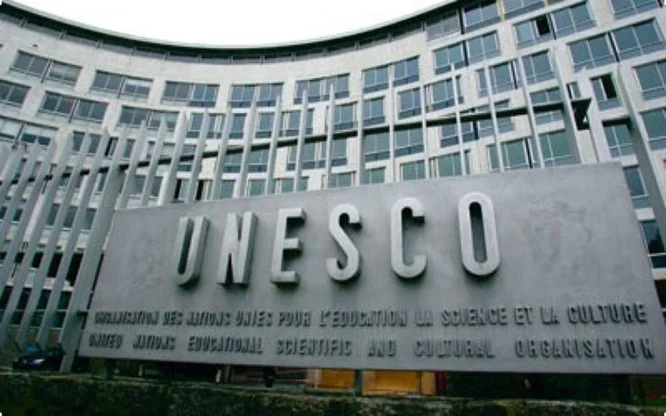
Le Maroc prend part à la 41ème Conférence Générale de l’UNESCO
Le Maroc prend part à la 41ème Conférence Générale de l’Organisation des Nations Unies pour l’Éducation, la Science et la Culture qui se tient du 9 au...
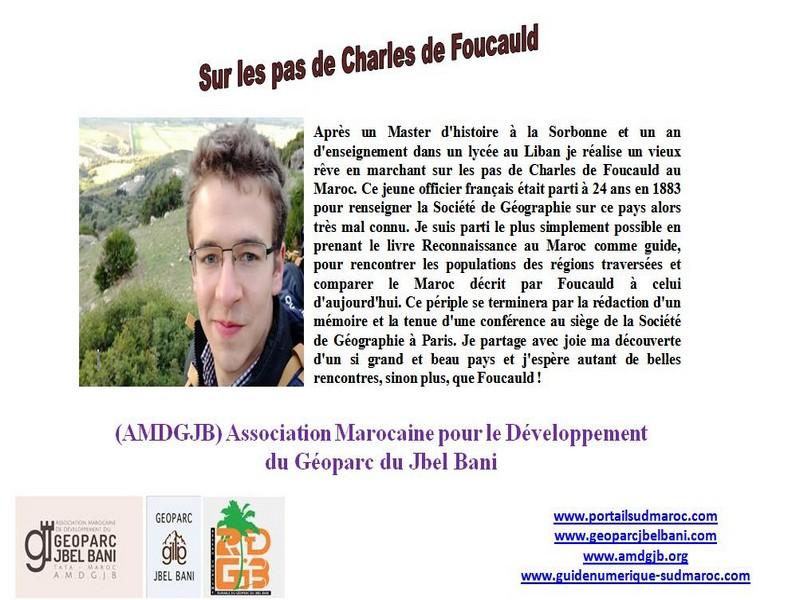
En Vidéo : Les Regards de L’AMDGJB avec Jean François de Marignan 2ème étape le 23 avril 2018
Après un Master d'histoire à la Sorbonne et un an d'enseignement dans un lycée au Liban je réalise un vieux rêve en marchant sur les pas de Charles...
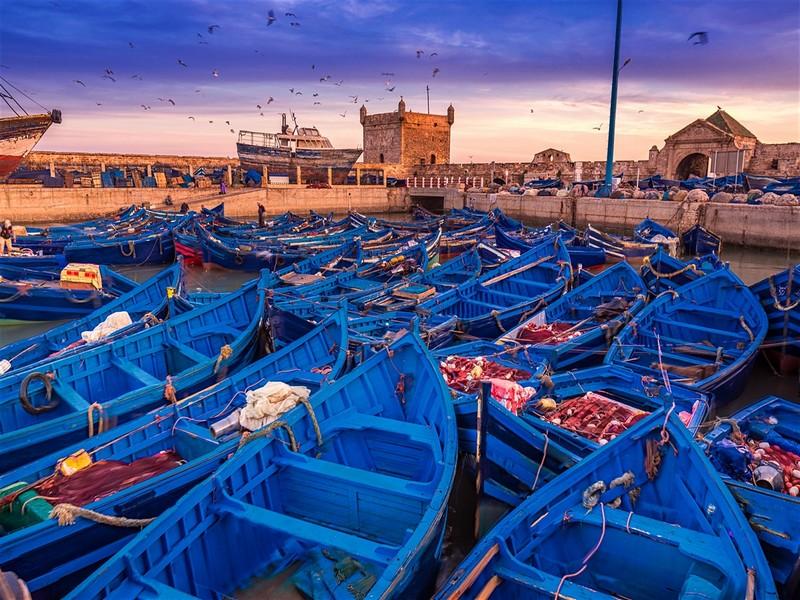
UNESCO. Essaouira rejoint le réseau des villes créatives
À la veille de la célébration de la journée mondiale des villes, Essaouira a rejoint le réseau des villes créatives de l’UNESCO. Ce réseau rassemble de...
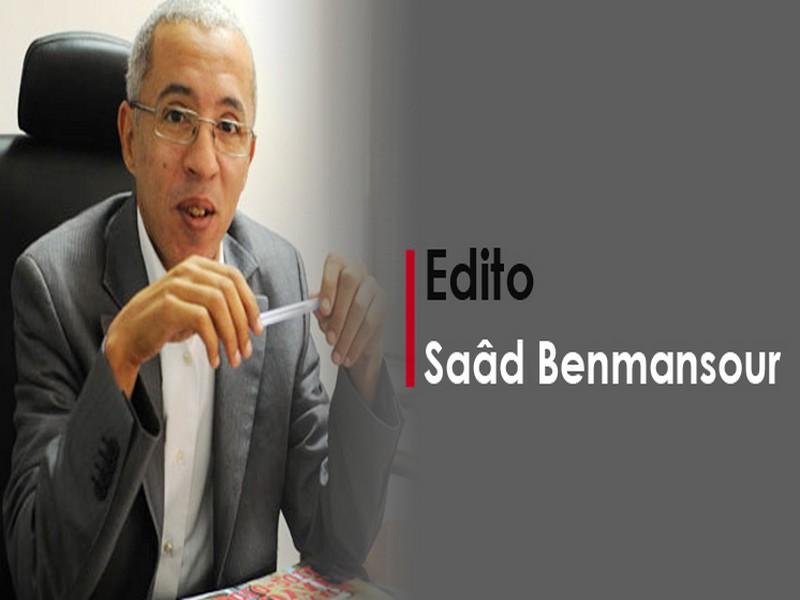
Edito : Région de compétences
La notion de patrimoine immatériel et de richesse globale prend tout son sens quand on parle de la communauté marocaine à l’étranger. Pendant des déce...
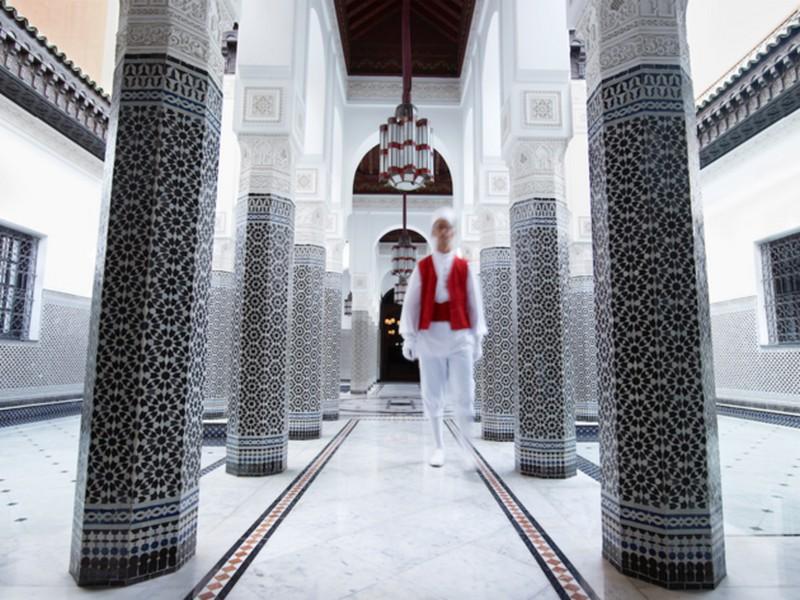
La Mamounia sacrée meilleur hôtel du Monde et d'Afrique, selon le classement Conde Nast Traveler
VOYAGE - La Mamounia a été sacrée ce mardi 9 octobre “Meilleur Hôtel au Monde” et “Meilleur Hôtel en Afrique” par le magazine Conde Nast Traveler U...
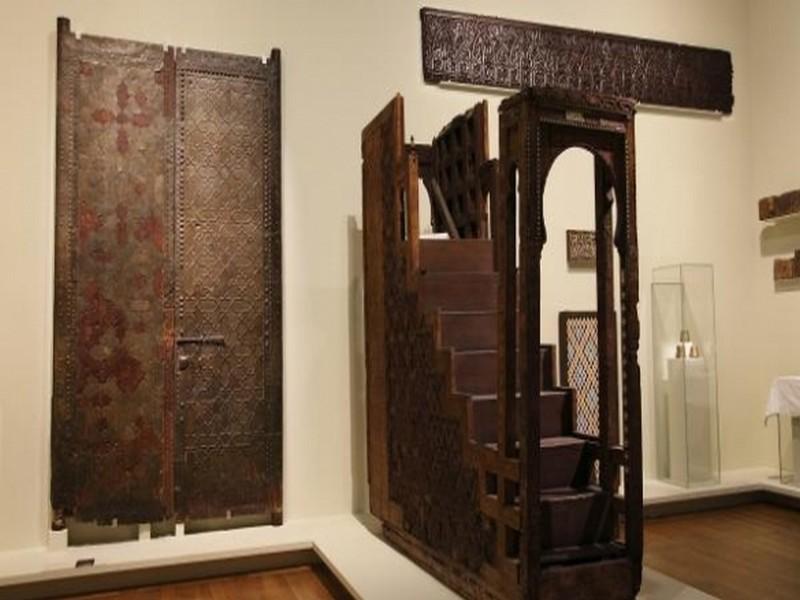
Imams et réseaux sociaux: les explications des Habous
Le ministère des Habous et des affaires islamiques explique le but de la circulaire adressée à ses délégués et au Conseil supérieur des oulémas au sujet...
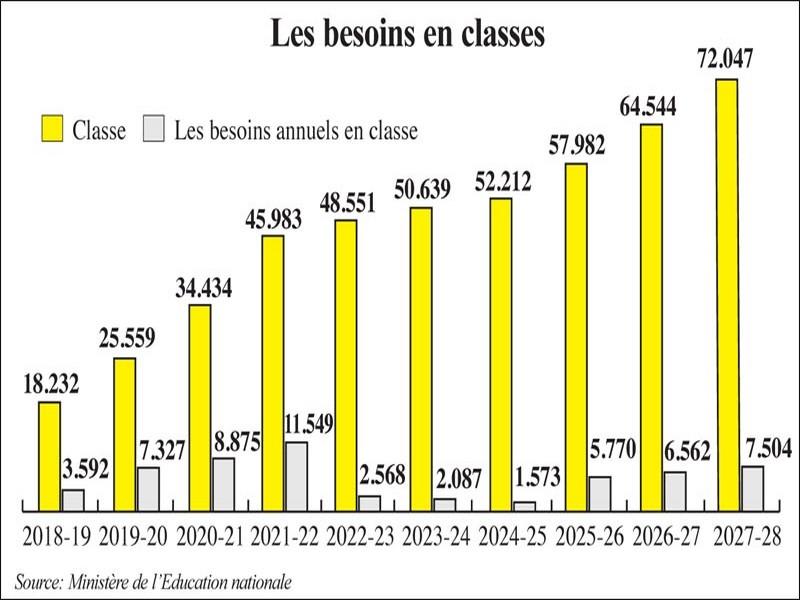
Préscolaire: Une stratégie pour la généralisation
La mise en œuvre du programme pour la généralisation du préscolaire sur une période de 10 ans nécessite la construction de plus de 50.000 classes dont 4.0...
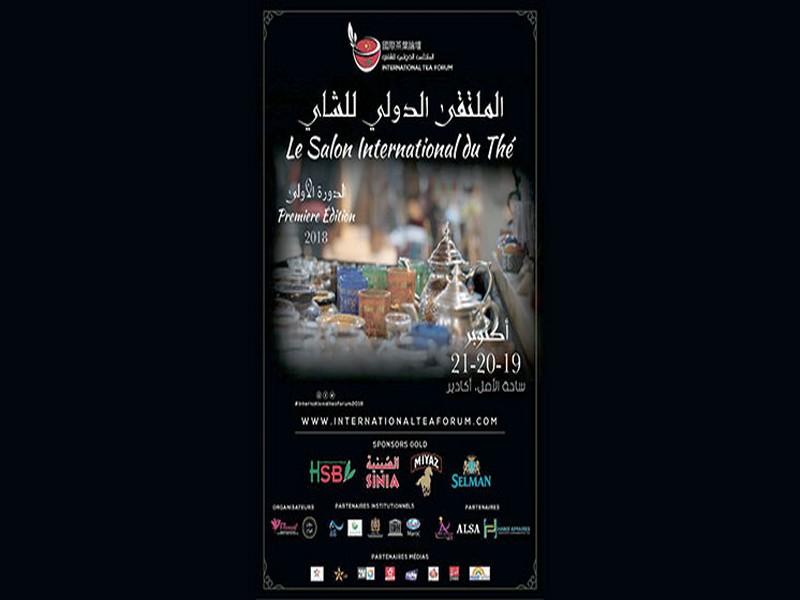
Agadir : Le thé aura son Salon international
35 exposants et 60.000 visiteurs y sont attendus Une première édition riche en saveurs. C’est du moins sur quoi tablent les organisateurs du 1er Salon in...

EasyJet et Ryanair inventent un nouveau modèle pour le low-cost long-courrier
Les deux low-cost ont chacune signé des partenariats avec des compagnies long-courriers. Dernière annonce en date : EasyJet vient de s'associer à Virgin ...
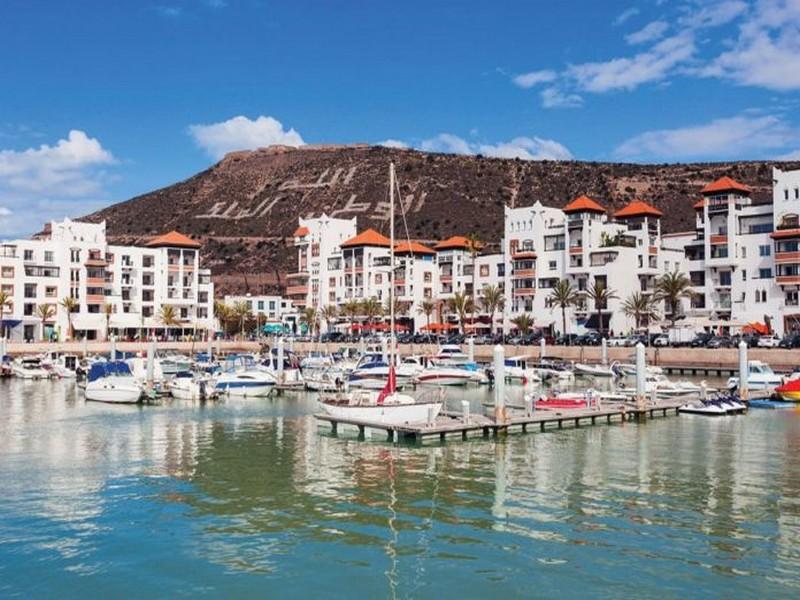
Le Sitaglob, un salon qui vise à redynamiser l’offre touristique de la région du Souss-Massa
Le Sitaglob, qui aura lieu à Agadir les 22 et 23 mars 2019, cible la participation des professionnels issus des destinations de différents pays du monde ainsi...
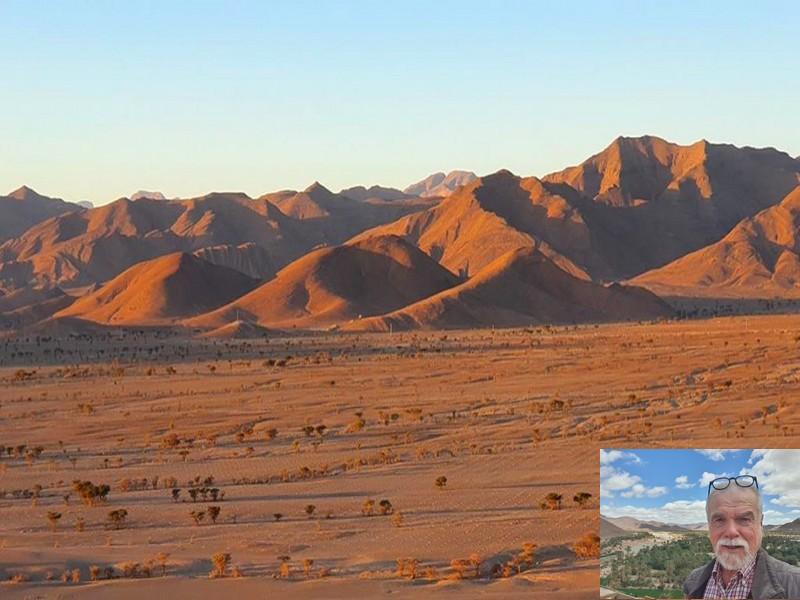
Au Maroc, l’avenir du tourisme passe par ses ruralités
La pandémie et le confinement qui en découla ont profondément bouleversé l’économie du tourisme alors florissante sur l’ensemble de la planète et nota...
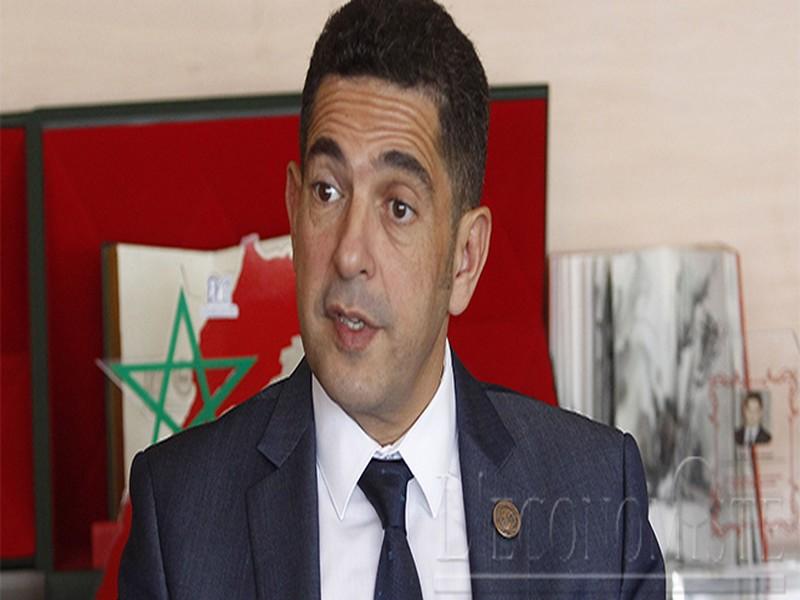
Enseignement : Plus de 381.000 bourses pour cette rentrée
Un total de 381.783 bourses d’étude devraient être attribuées au titre de la rentrée universitaire 2018-2019, dont 162.283 nouvelles bourses pour les troi...


 mardi 8 août 2023
mardi 8 août 2023 0
0 
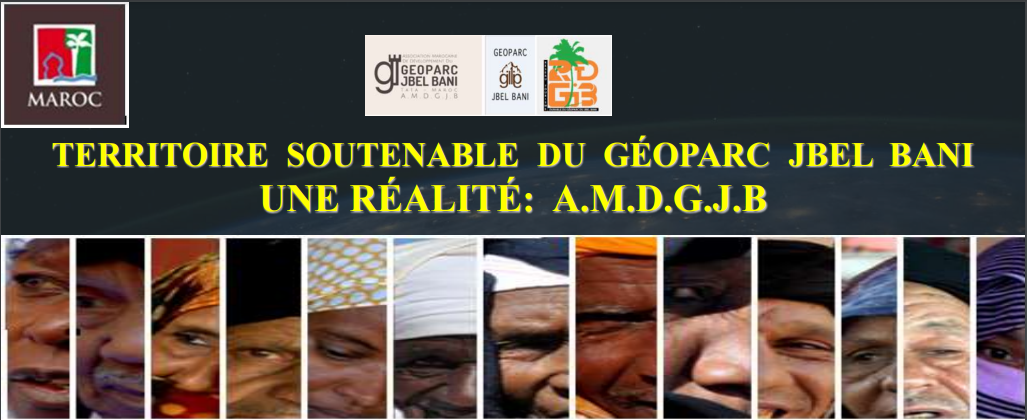
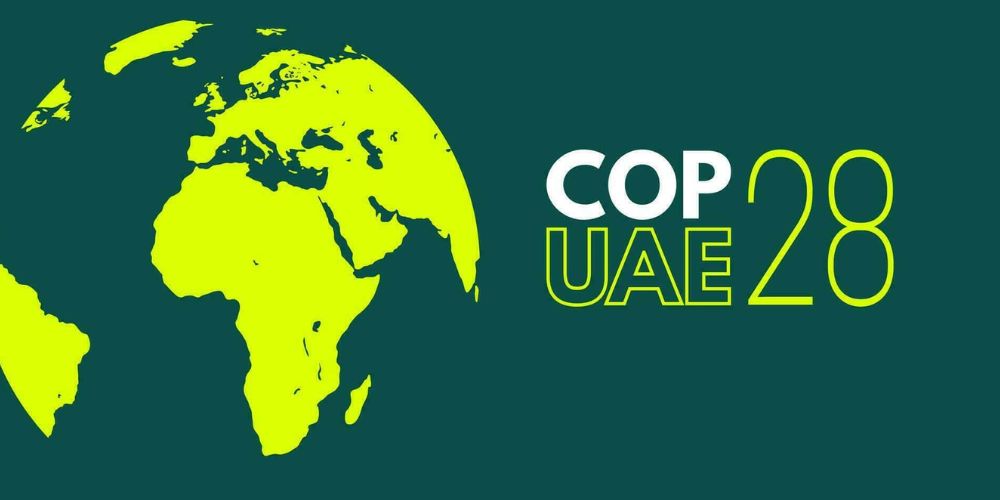
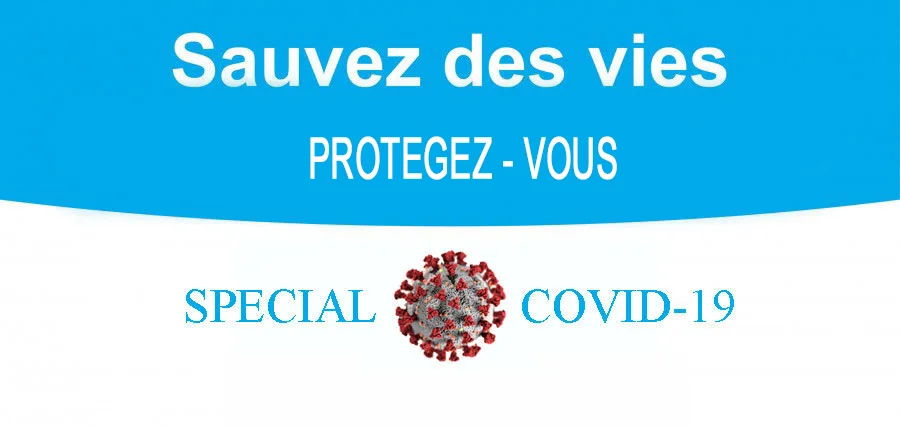

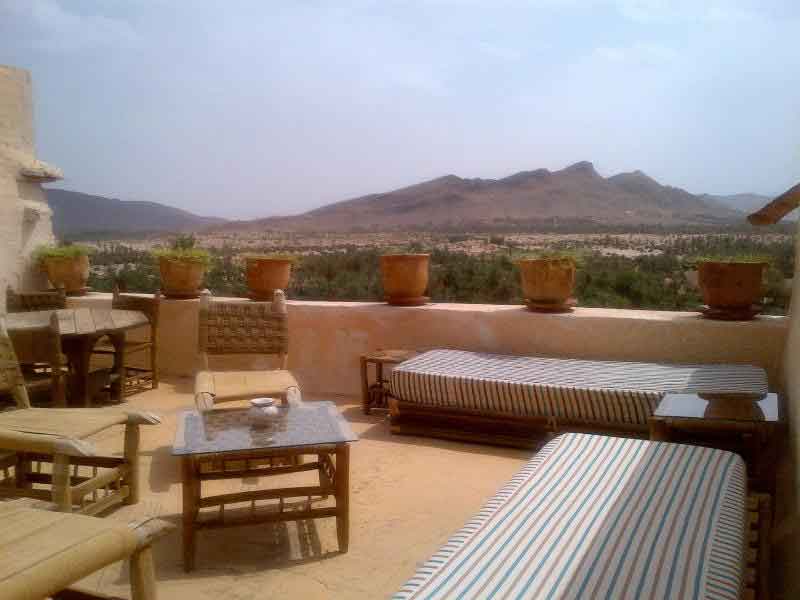
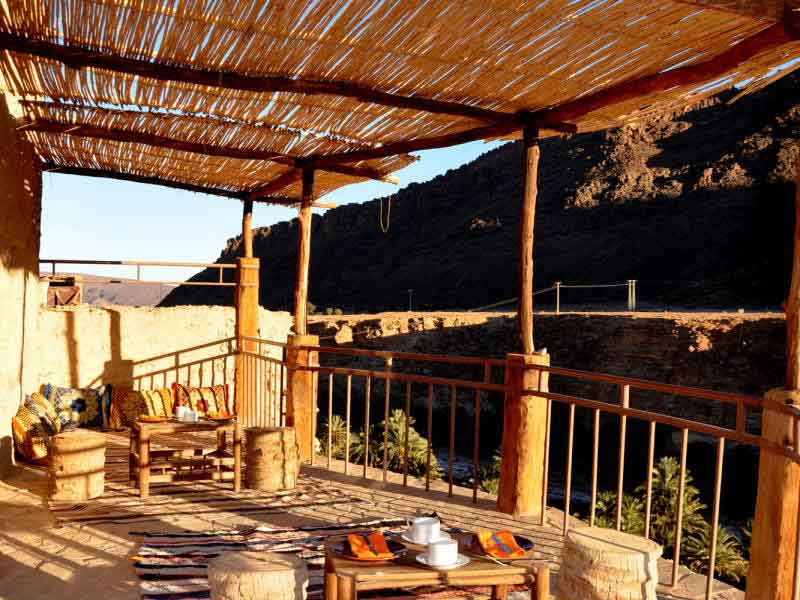
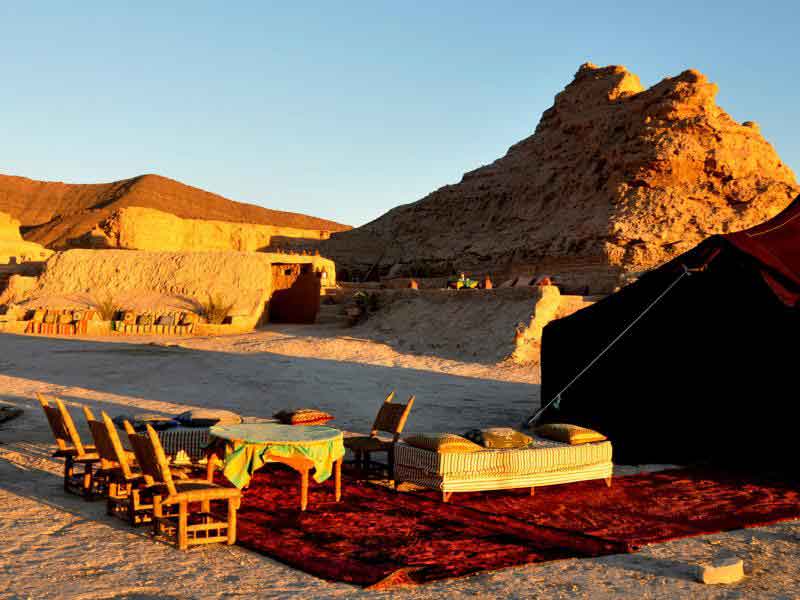
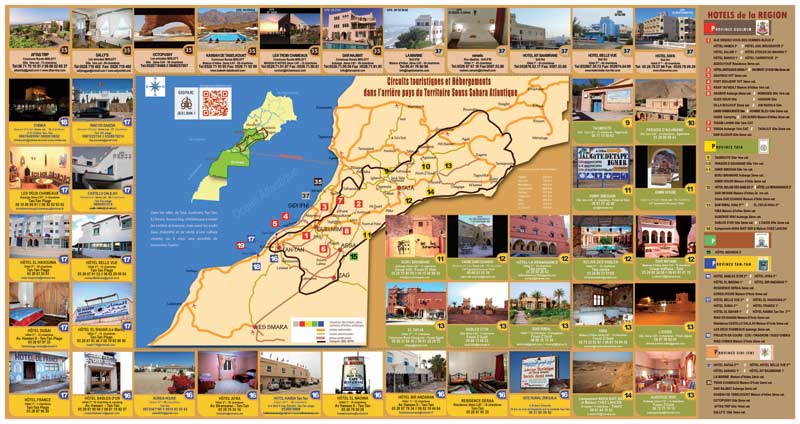
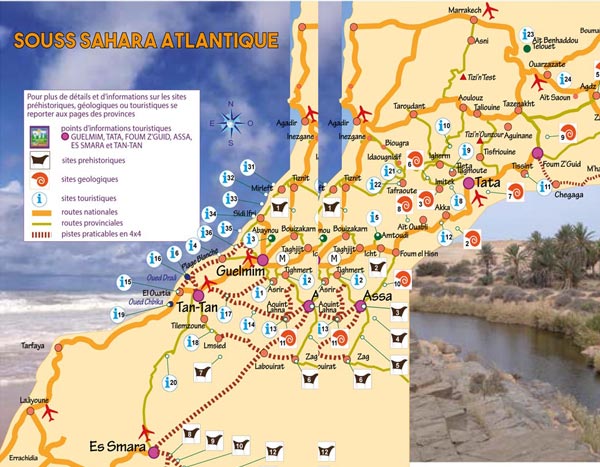
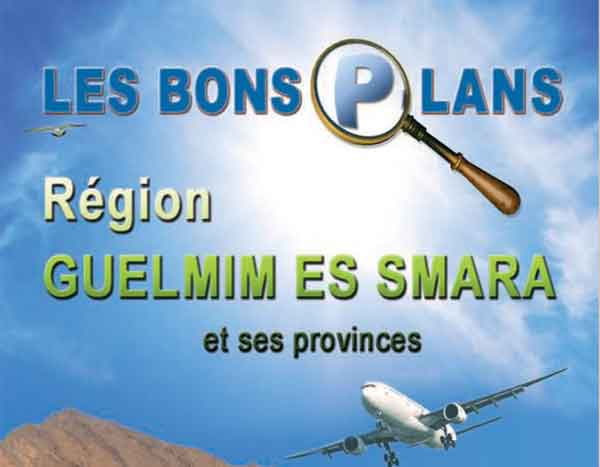
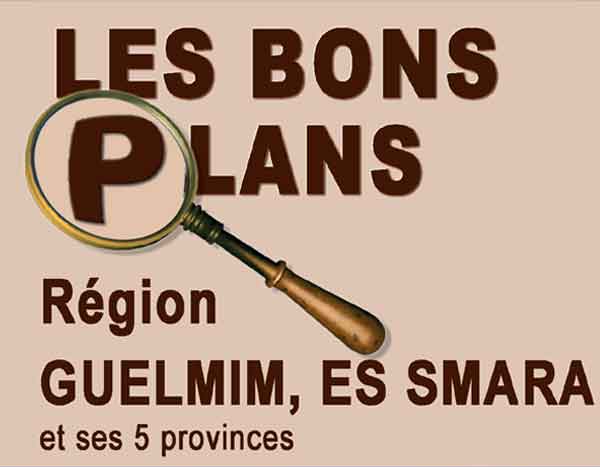
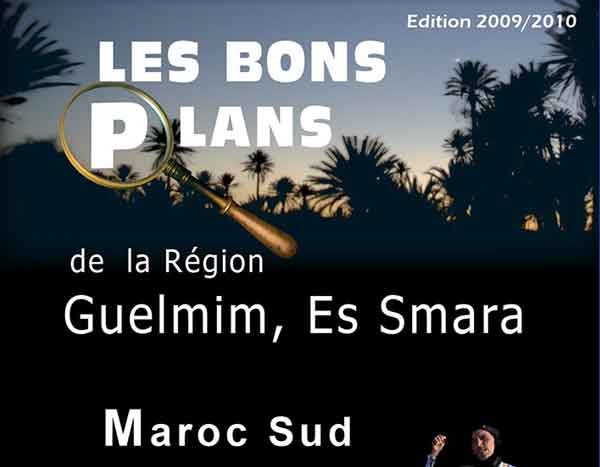
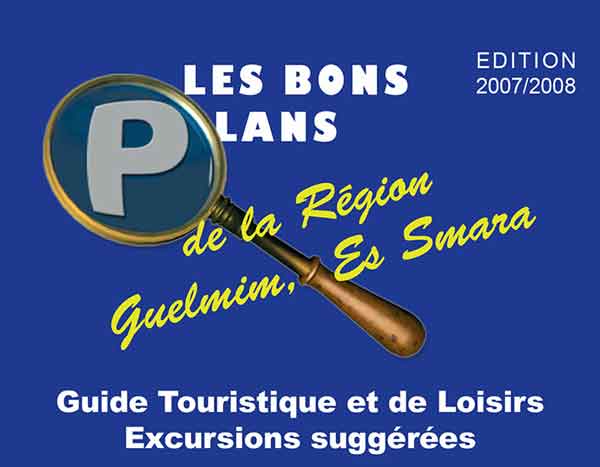
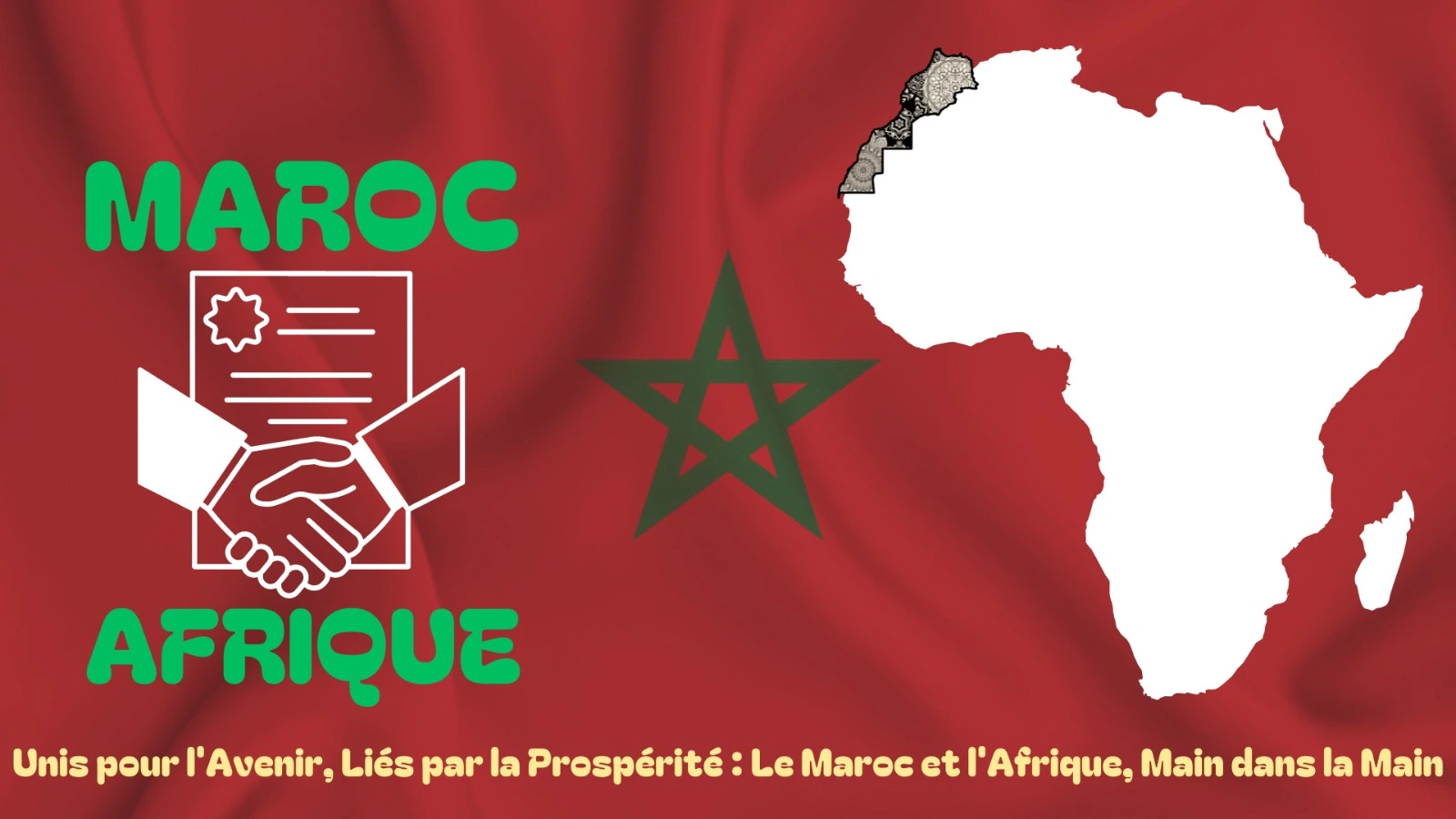
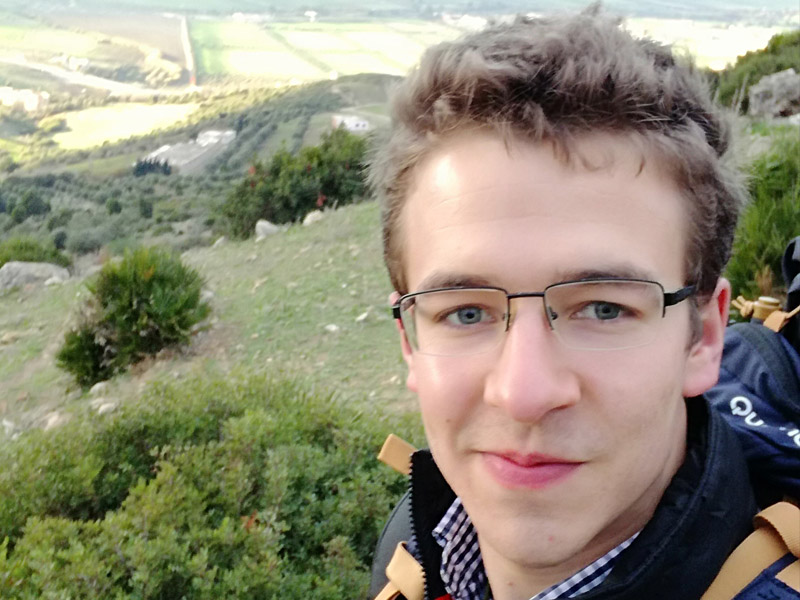
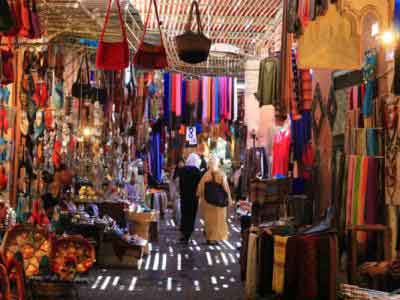
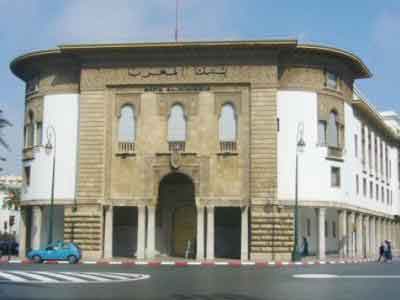
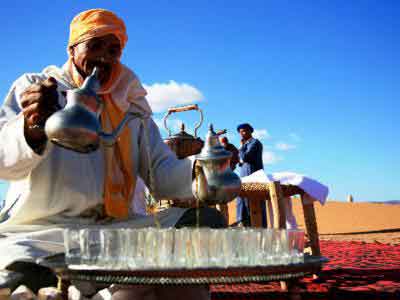


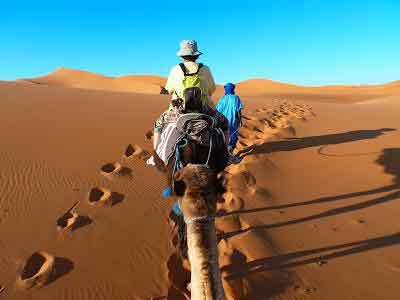
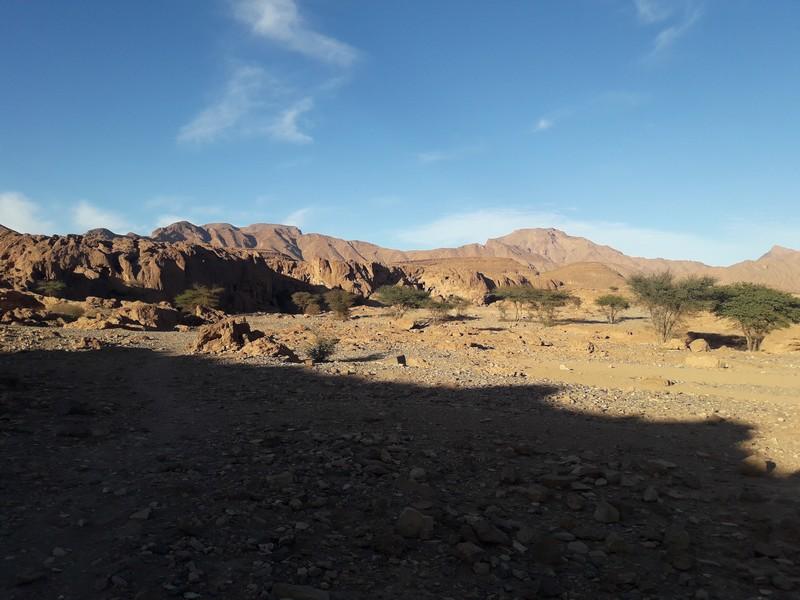
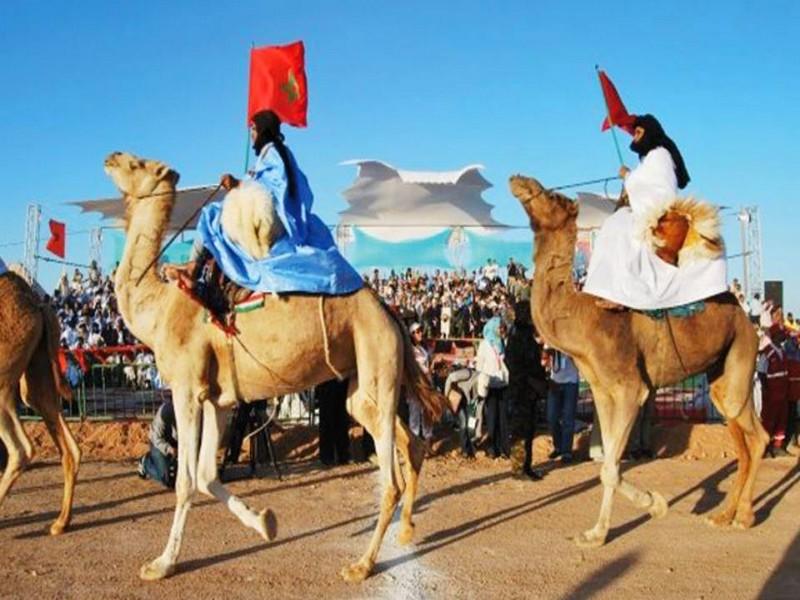
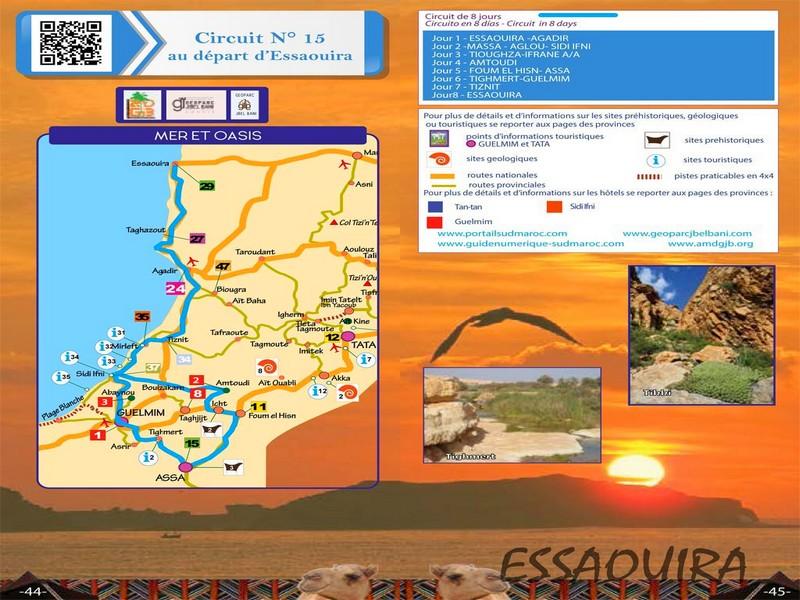
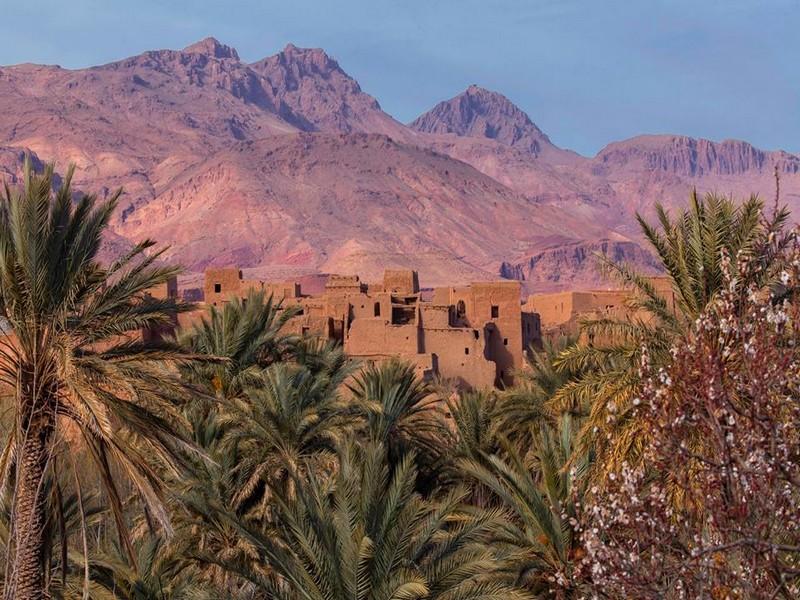
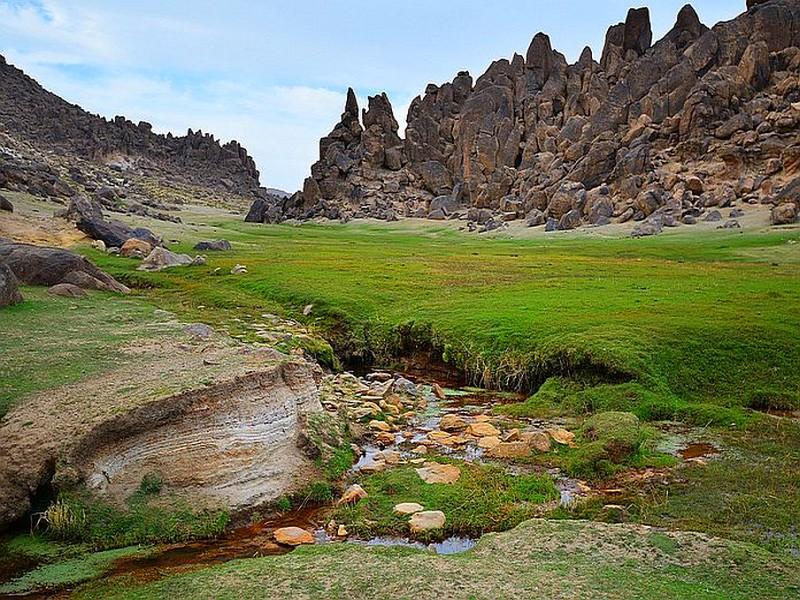
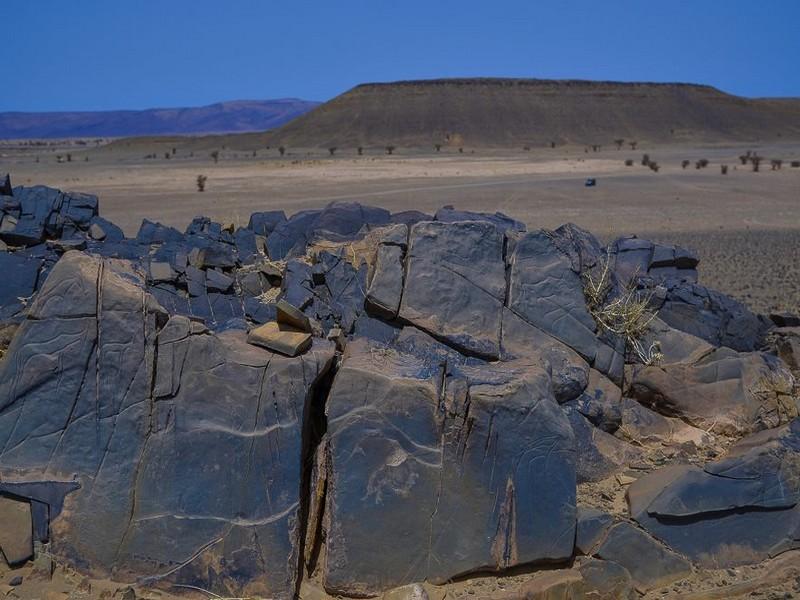
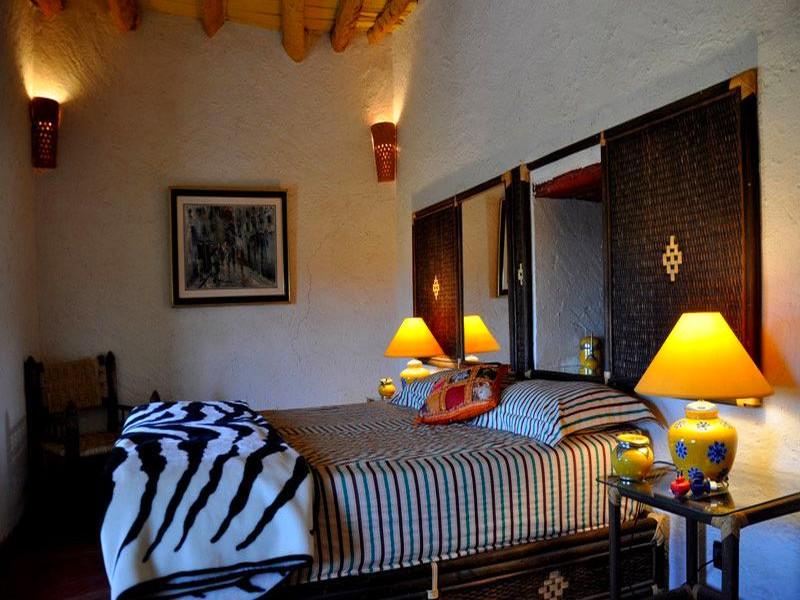
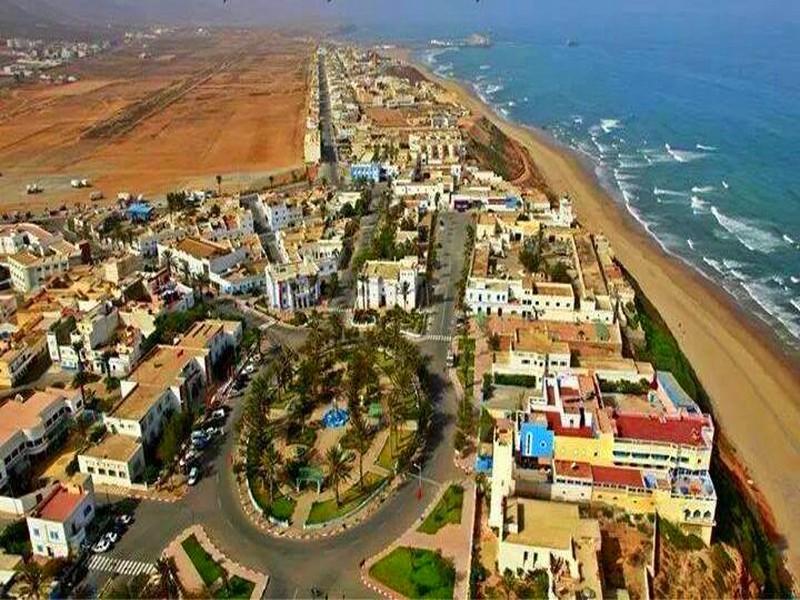
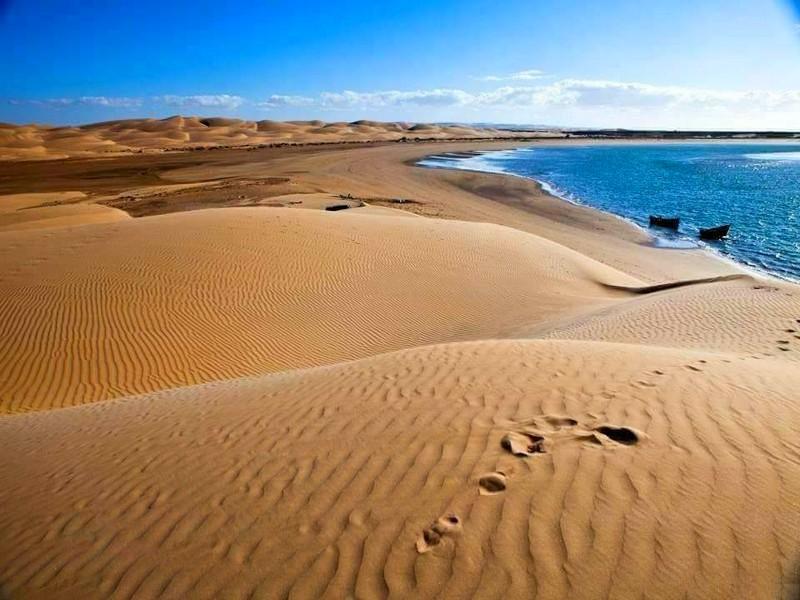
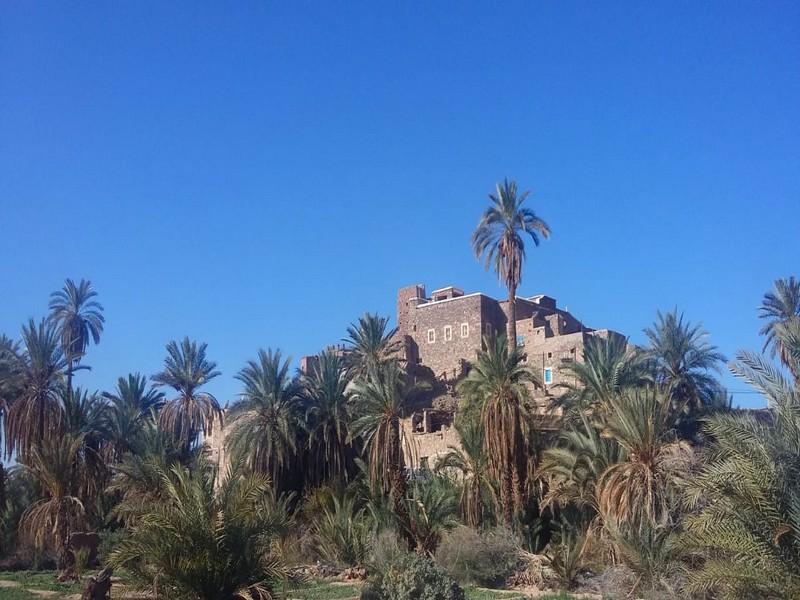
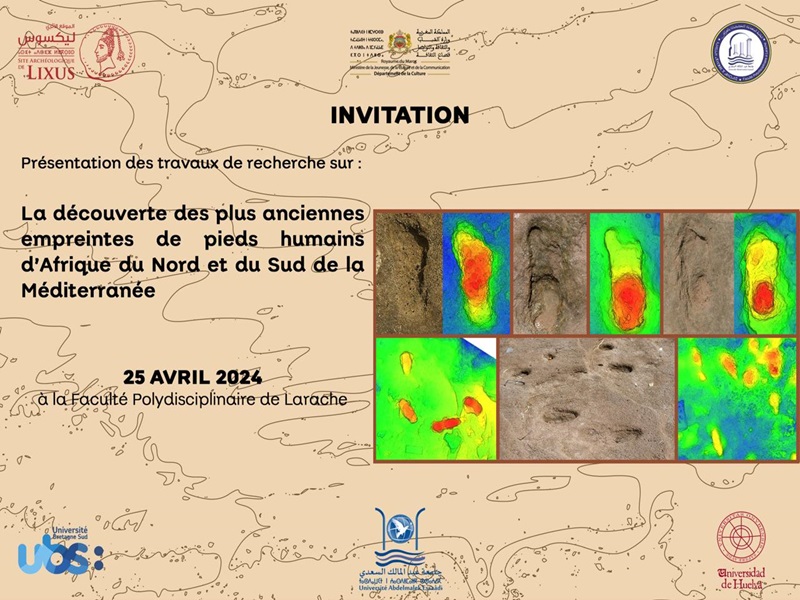


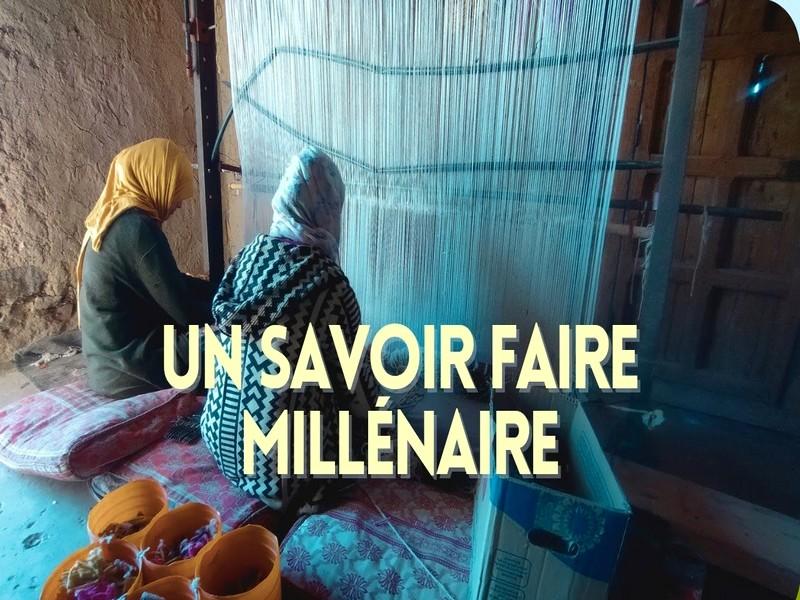
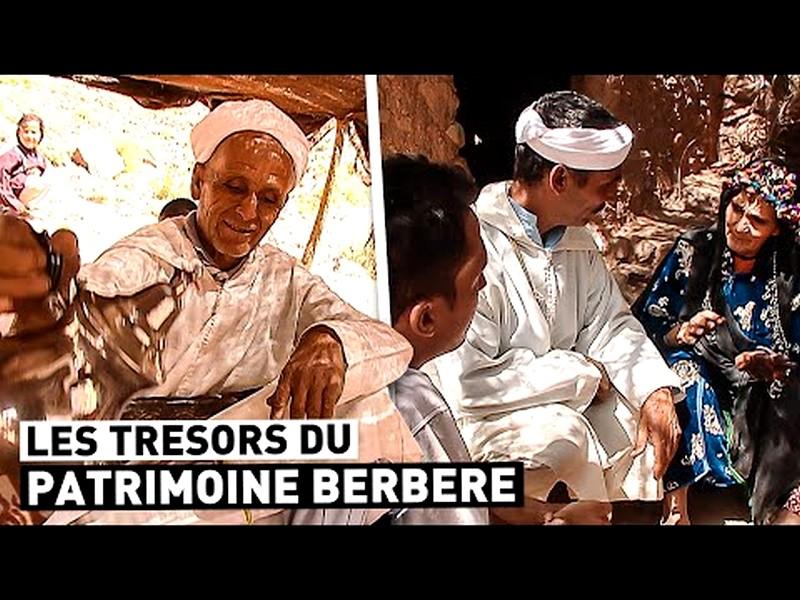
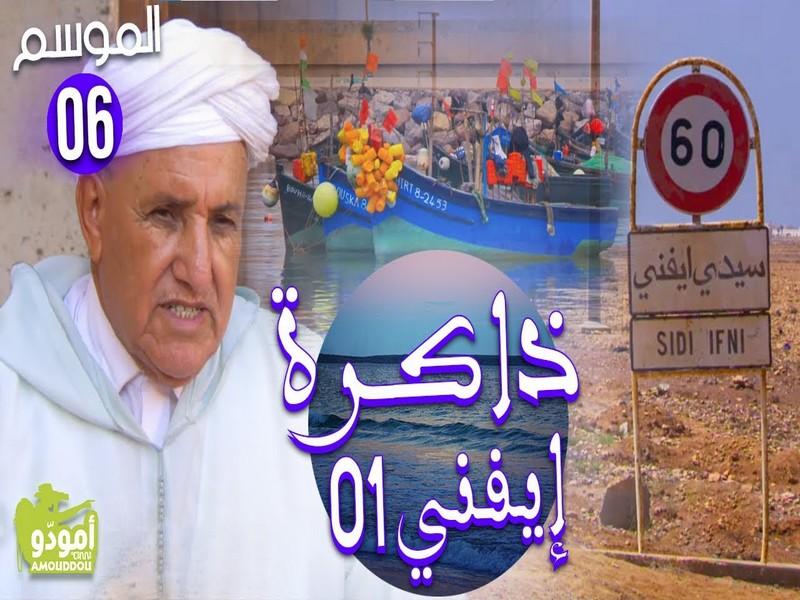
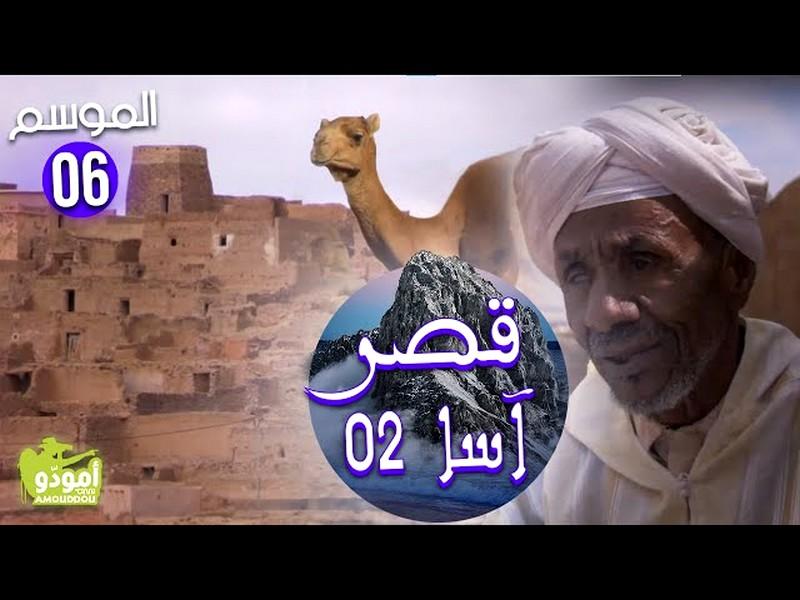
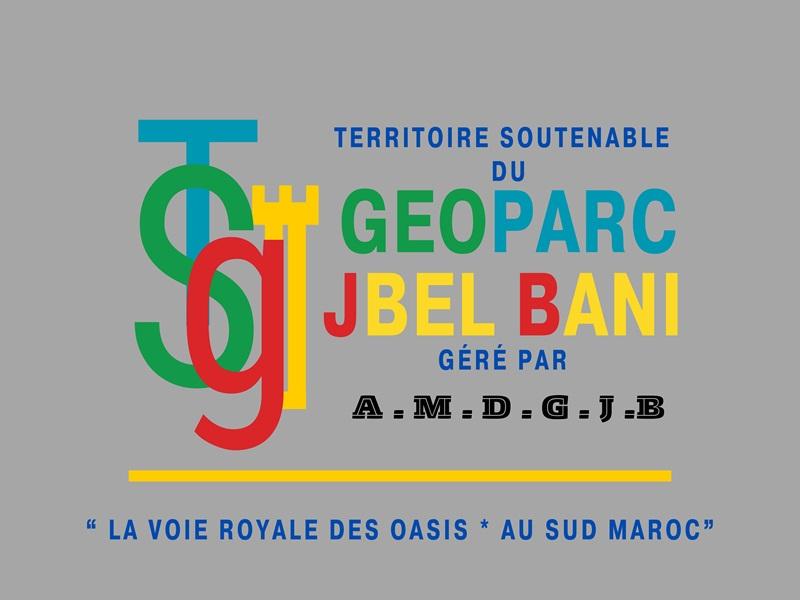
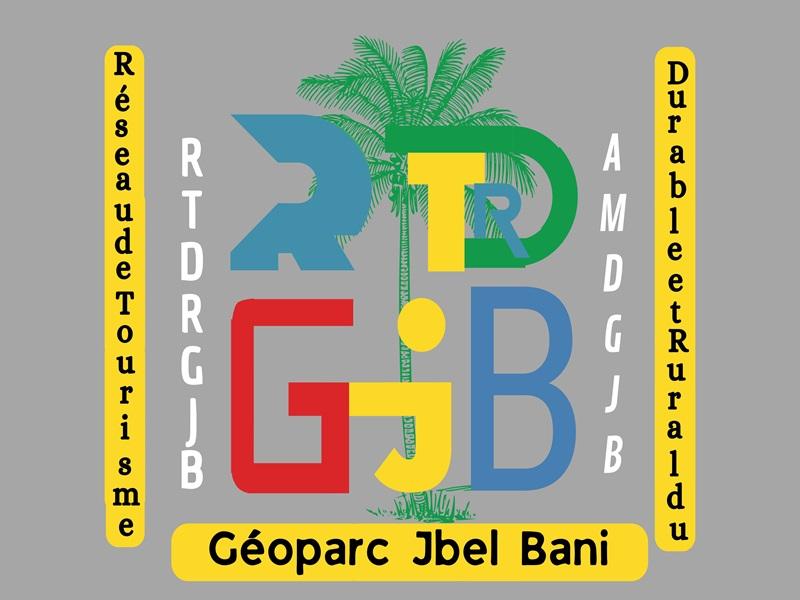
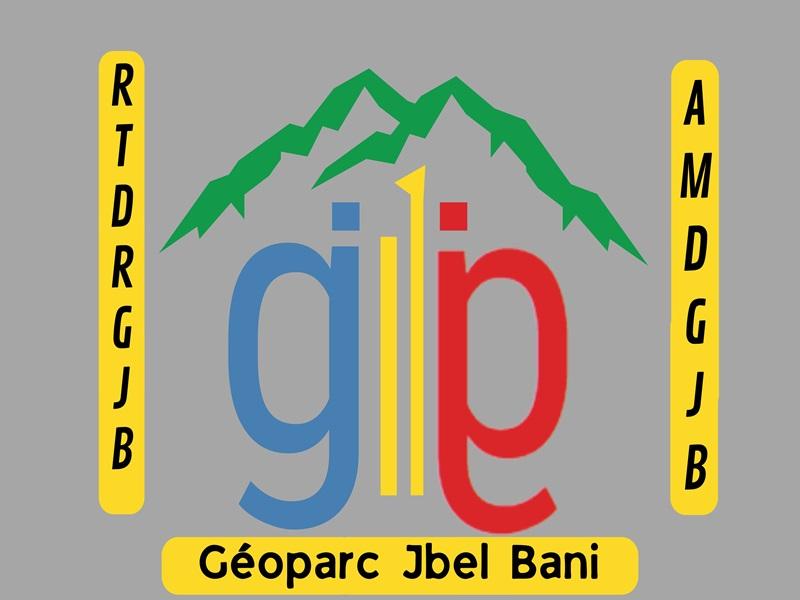
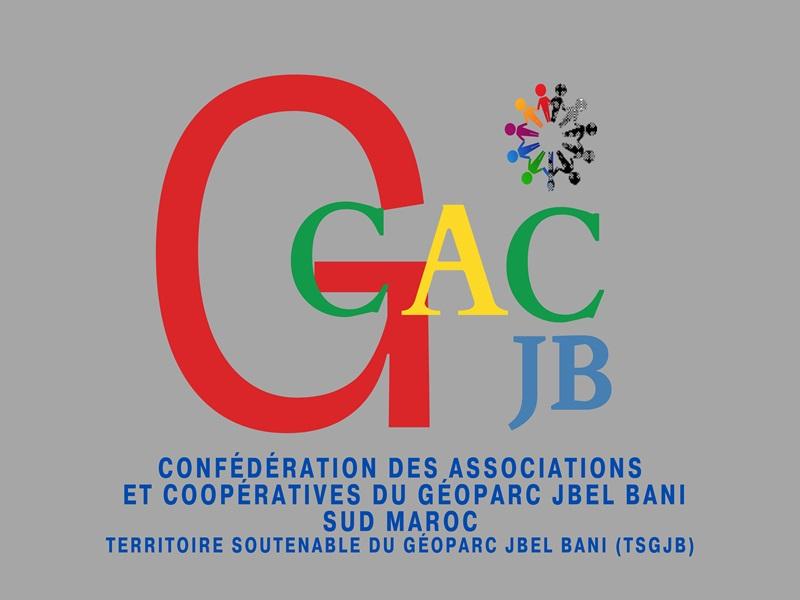
 Découvrir notre région
Découvrir notre région